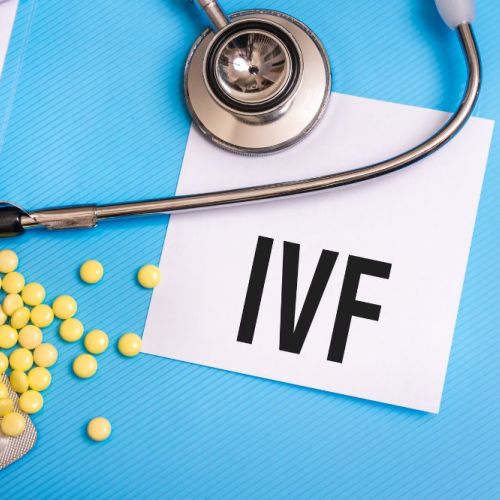Myths and Facts About Embryo Freezing

Embryo freezing is a procedure that’s advanced tremendously since the first successful case in the late 1980s. To freeze embryos, an embryo is created via in vitro fertilization, a process in which eggs are collected from the woman and fertilized with sperm in a lab.
After letting them develop for a few days, we then freeze any quality, viable embryos for later use. They’re kept in sub-zero temperatures in liquid nitrogen containers.
There’s not just one reason to freeze embryos. You may choose to freeze your embryos to preserve your long-term fertility. If you’re undergoing cancer treatment, hormone treatment, or another procedure that affects your fertility, creating healthy, viable embryos that you or a surrogate can carry to term in the future makes a lot of sense.
We also recommend couples who choose to undergo preimplantation genetic testing freeze their embryos after they’re tested. It can take a week or more to get results back, and freezing is the safest way to preserve the embryos.
If you go through the long, taxing in vitro process, you may also choose to freeze any extra viable embryos for another pregnancy some time in the future. Transfering a frozen embryo means you won’t have to undergo as much uncertainty and expense as your first in vitro venture.
At California Center for Reproductive Health, we have extensive experience in freezing embryos. Here’s what you should know about the procedure to determine if its something you should consider on your fertility journey.
Myth: It’s harder to achieve a viable pregnancy with a frozen embryo
Fact: Embryo transfer using thawed frozen embryos is common in fertility practices today, including at California Center for Reproductive Health. Your chances of the frozen embryo turning into a successful pregnancy are similar to, if not better, than if you used a non-frozen embryo.
Myth: Frozen embryos can’t be stored for long
Fact: Embryos may be frozen indefinitely without risking the integrity of the cells. The standard storage period is usually no more than 10 years, but that’s because of cost to the couple and changes in fertility needs, not because of the viability of the embryo. Embryos may be kept up to 55 years in some circumstances.
Myth: Embryos that have been frozen are of inferior quality
Fact: We select only the highest quality embryos for freezing, which means that it’s likely that they will sustain the freeze-thaw cycle. The procedure is completely safe and effective.
The babies born from frozen embryos are no different from a baby born without fertility treatments.
MYTH: You have no control over what happens to your embryos
Fact: On the contrary, you have complete control over your frozen embryos. Before they go into storage, you sign several consent forms to explain how long your embryos will be stored. It will also be made clear as to what happens to the embryos if you or your partner are incapacitated in some way. You dictate whether the embryos may only be used for your treatment or if they may be donated to another couple or for research.
You can also specify other conditions around the storage and use of your embryos. We make embryo freezing a very thorough and transparent process.
At California Center for Reproductive Health, our specialists are ready to answer your fertility questions, including those surrounding embryo freezing and in vitro fertilization.
Call our nearest office in Encino, Valencia, Alhambra, or West Hollywood, or use this website to request a consultation. Our compassionate staff works with you to determine the best way to overcome infertility and create your family.




